Image and text adapted from: u-audioWritten by: Lin Zhi-Yu, Images by: Cai Cheng-RongUpon seeing a two-piece streaming player, one might instinctively think it should be a power-separated design, right? I initially thought so too, but after actually getting my hands on the DSP-05EX, I realized it’s not that simple. It’s not a power-separated design but rather a sophisticated “streaming transport + DAC”. Sforzato has directly made a streaming player into a streaming transport and DAC, connected through their proprietary Zero Link interface. This means the two must be used together to listen; you cannot pair them with other machines. Why such exclusivity? It’s not about being exclusive; it’s simply to achieve the best sound possible. Sforzato is a brand that emphasizes technology in every aspect.
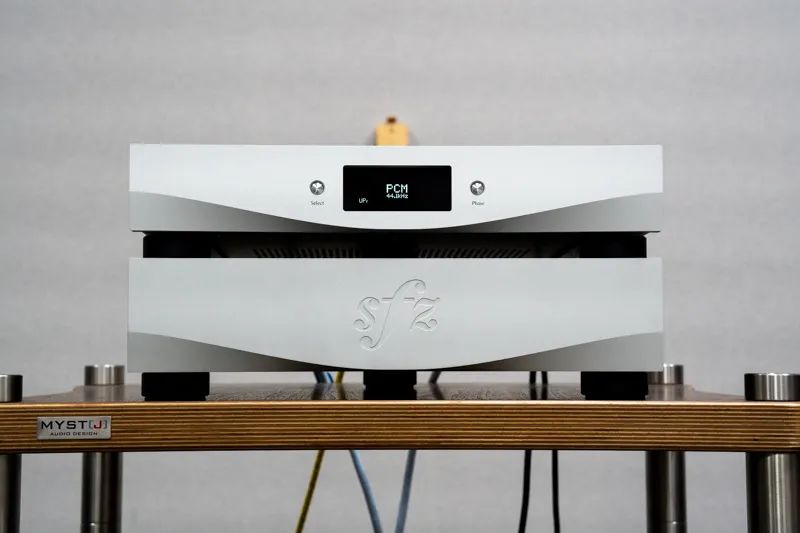
Brand Named After a Musical Term
Sforzato is from Japan, founded by Kyoichi Omata in 2009, who is also a designer. The core technology of Sforzato lies in streaming playback and digital audio. In the past, Sforzato’s product programming was relatively complex, divided into streaming players, streaming transports, DACs, and master clocks, with various products categorized into different levels, totaling more than ten models. Now, it has been streamlined to two product categories: streaming players and external master clocks. The DSP-05EX being reviewed here is their flagship player, alongside a sub-flagship DSP-07EX, with two external clocks available: the PMC-05EX and PMC-07EX.
Kyoichi Omata had over twenty years of experience in technical research before founding Sforzato, but not in the audio industry; his background is in digital imaging and wireless communications. Driven by his love for music and sound, he transitioned to establish Sforzato. Why the name Sforzato? It is a musical term meaning to play a note or phrase suddenly with force to increase the tension in the music. Naming the brand after a term for strong playing gives a glimpse into his passion for music.
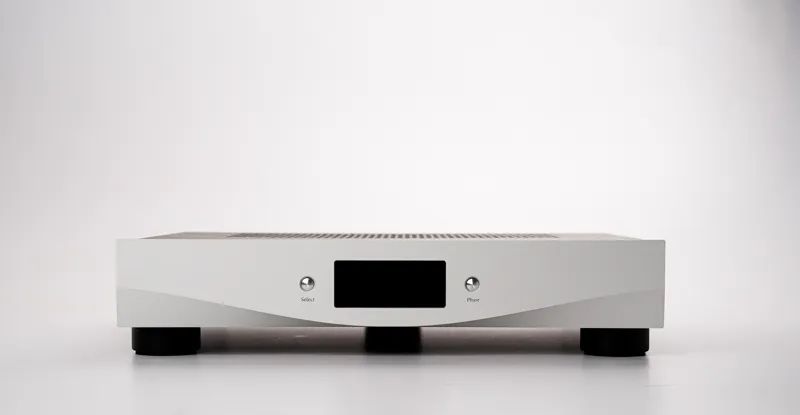
Unique Insights
To evaluate a streaming player, one typically considers two aspects: streaming functionality and digital audio technology. In terms of streaming functionality, the DSP-05EX can only be considered basic; it supports three streaming protocols: UPnP / DLNA, Roon Ready, and Diretta, and can be remotely controlled using the recommended Taktina app to listen to three streaming music platforms: Tidal, Qobuz, and Amazon Music. On the surface, the DSP-05EX’s streaming capabilities may seem limited, but for an audiophile pursuing high-quality streaming music, being able to listen to Tidal and Qobuz and use Roon Ready is sufficient; what more features are needed? Moreover, the DSP-05EX also supports the Diretta transmission protocol, which can further enhance sound quality when paired with a server that has Diretta functionality. I will explain more about Diretta later.
In terms of digital audio technology, Sforzato has unique insights and applications, the most important of which are Zero Link and the clock. Let’s start with Zero Link. Zero Link is a digital audio transmission method co-developed by Sforzato and SoulNote, where the key is that the master clock is placed on the DAC side, controlling the rhythm of transmission, which differs from the traditional method where the clock is placed on the transport side.
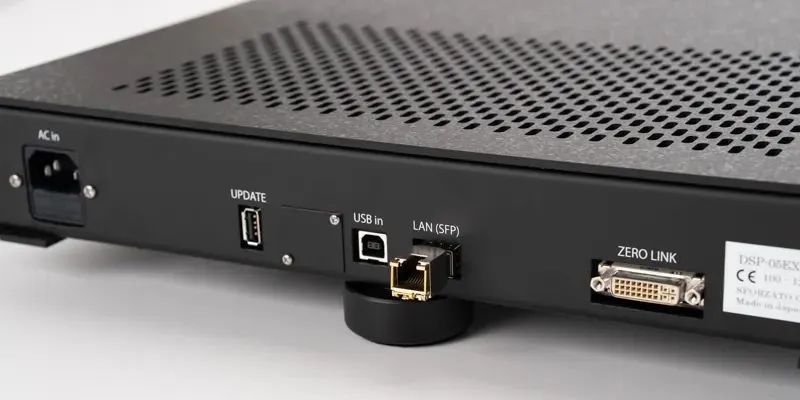
Zero Link Transmission Interface
Why did Sforzato and SoulNote develop the Zero Link transmission method? It starts with the data transmission between the music server and the streaming player. The streaming music we listen to comes from our home NAS or the cloud (servers of streaming music platforms). When data packets are sent to the player, they are first stored in memory for temporary storage, then decoded into digital audio, and sequentially handed over to the DAC for conversion into analog music. Once the memory has finished playing the data, the next batch of packets will come from the NAS or the cloud and be stored in memory. In this situation, the CPU of the player experiences fluctuations in workload; it is busy when packaging data, and once the memory is full, it becomes idle. The rhythm of data playback is completely unrelated to the rhythm of data requests. Sforzato believes this greatly impacts the precision of DAC conversion, adversely affecting sound performance. The solution is to let the DAC determine the rhythm of data packets coming from the front end, which is the key operation of Zero Link.
Here, “Zero” refers to the additional workload on the DAC – zero. The DAC operates at an extremely stable pace according to the timing of music playback, without fluctuations, thus incurring no additional workload. The Zero Link connection cable is located between the DSP-05EX’s streaming transport and DAC, using a DVI interface to transmit two types of data: one is I2S, which is the music signal with timing information, and the DAC converts this signal into analog for amplification and output; the other is I2C, which is the communication signal between the front and back-end ICs.
As mentioned earlier, the DSP-05EX’s master clock is placed on the DAC side, which uses this clock for D/A conversion while also sending the timing of the currently playing track to the streaming transport, so that the transport transmits signals to the DAC in accordance with this timing. Even if the transport’s memory is already full of packets from the NAS or is busy requesting data from the NAS, the transport will not change the rhythm of the information sent to the DAC because the rhythm is determined by the DAC.
However, there is a situation where some tracks are at 44.1kHz, some at 192kHz, and some may be DSD, but the DAC does not know the timing of the next track. How can the timing of the next track be communicated to the transport in time to prepare it? This is where the I2C signal within Zero Link comes into play. When the previous track is about to finish, the I2C will send the format and timing information of the next track to the DAC, allowing the DAC to know the timing format to be sent for the next track.
The essence of Zero Link is to help the DAC eliminate all factors that could disrupt the D/A conversion rhythm, allowing the DAC to work very precisely and effortlessly. Sforzato believes this is the key to the excellent sound of the DSP-05EX.
The Key of the Master Clock is Not High Precision
What I just discussed was the position of the DSP-05EX’s master clock (timing generator); now I will talk about the type of clock used in the DSP-05EX. Sforzato believes that the clock plays a very important role in digital sources, and the quality of the clock greatly affects playback sound quality. However, Sforzato is not concerned with the absolute precision of the clock (timing frequency) but rather with phase noise.
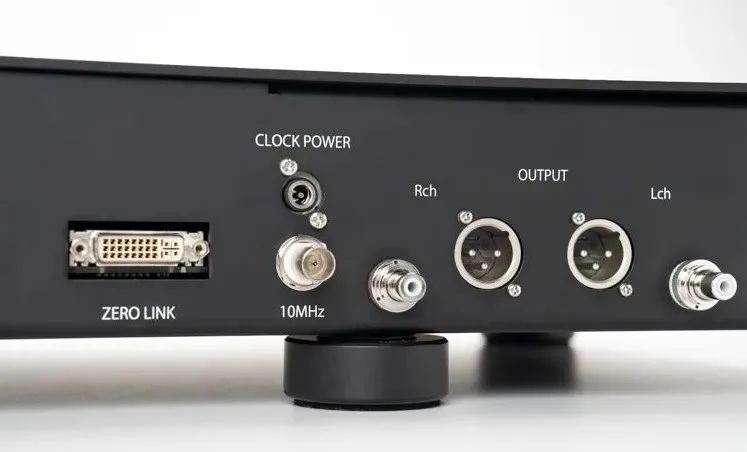
Sforzato believes that the frequency of a typical crystal oscillator (e.g., 10MHz) is sufficient for digital music playback, and higher frequencies do not necessarily yield better results. However, phase noise must be low, especially the neighborhood phase noise close to the generated frequency; otherwise, it can cause timing errors. Therefore, Sforzato only uses timing generators with low neighborhood phase noise. Additionally, Sforzato has a unique setup for clocks: they are always external.
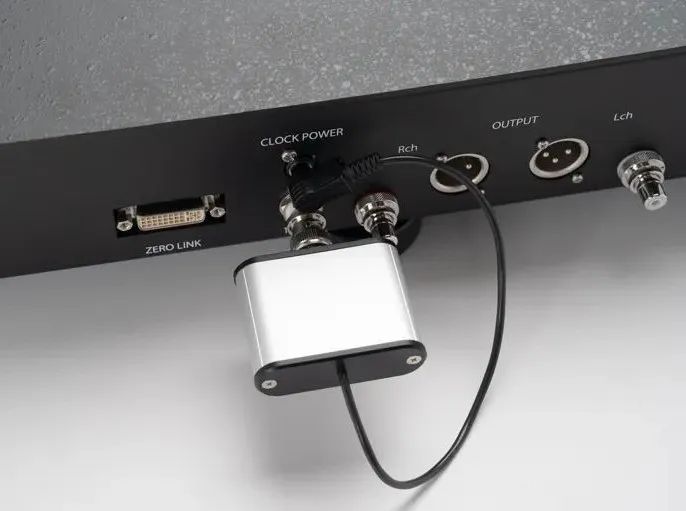
External clocks are easy to understand; they do not use the internal clock of the equipment but connect to a separate clock, linked by digital cables. Many digital source brands offer external clocks, and they are not cheap; Sforzato is no exception. For example, the DSP-05EX can be paired with its own flagship clock, the PMC-05EX, or the sub-flagship PMC-07EX. Interestingly, when using the standard clock that comes with the DSP-05EX, it is also external! The standard clock looks like a Dupont lighter, with one end having a BNC connector and the other end a short DC power cable. It can be directly plugged into the BNC socket on the back of the DSP-05EX, and the DC power cable can also be plugged into the adjacent power supply hole. If you want to connect the PMC-05EX or PMC-07EX clock, you first need to remove the standard clock and then connect it with a BNC cable.
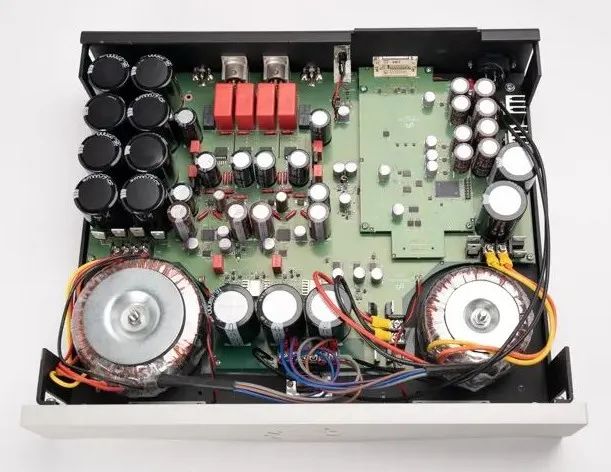
Great Emphasis on Power Supply
In terms of DAC, the DSP-05EX uses ESS’s ES9038Pro chip, one for each channel, controlled by a self-designed FPGA, which reportedly performs better. For the input digital signals, Sforzato strictly uses NOS (Non-OverSampling) without upsampling, meaning it does not alter the original signal or add any information, allowing the sound to be presented in the most natural way. Backed by powerful performance, the DSP-05EX supports up to 32bit / 768kHz PCM and Native DSD512 formats, fully accommodating high-resolution playback.
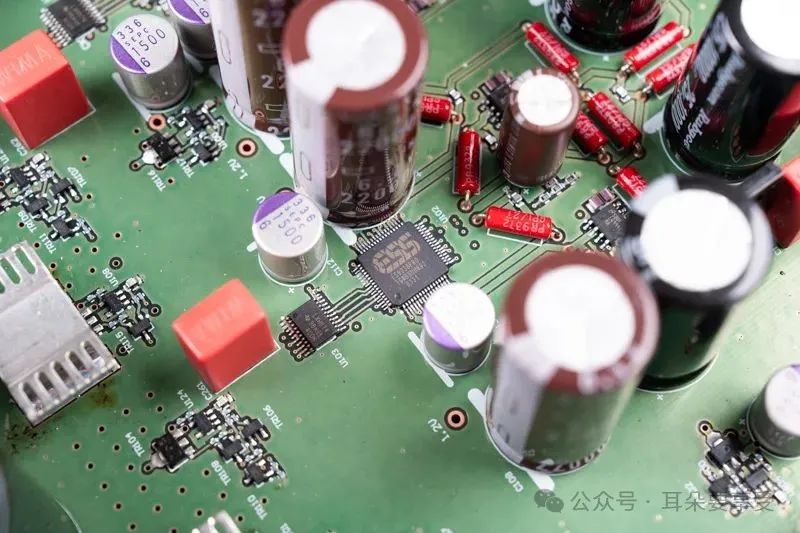
Sforzato also places great importance on power supply; both the DAC and transport of the DSP-05EX have extremely ample power supplies. The DAC has two transformers, while the transport has as many as three, each one impressively large, paired with numerous large filter capacitors to ensure that each section can independently receive sufficient and clean power.
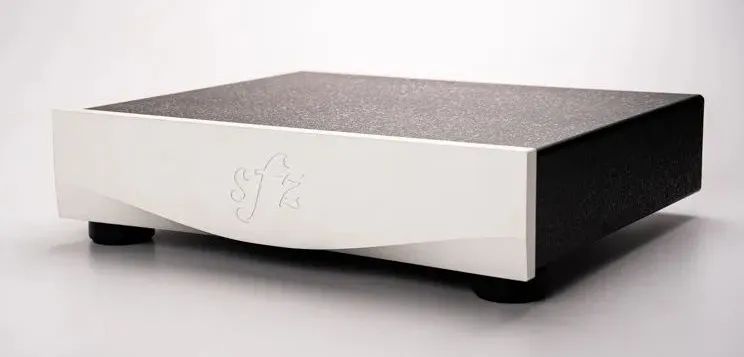
Support for Diretta Transmission Protocol
Next, I will elaborate on Diretta. This is a network transmission protocol developed by Japan’s MegaTech Electronics LLC, serving a purpose similar to UPnP / DLNA or Roon, allowing multimedia information to be transmitted and played across different devices. The difference is that Diretta was specifically developed to enhance streaming audio quality. It uses software to make each batch of transmitted data smaller but more frequent, rather than the original fewer batches but larger amounts, allowing for continuous and stable operation, thereby reducing noise and power fluctuations during transmission and balancing the workload of the player’s CPU, which can enhance sound quality. However, to enjoy the sound quality benefits brought by Diretta technology, one needs not only the DSP-05EX but also a music server with Diretta software or to install Diretta software on a Windows PC to use this feature.
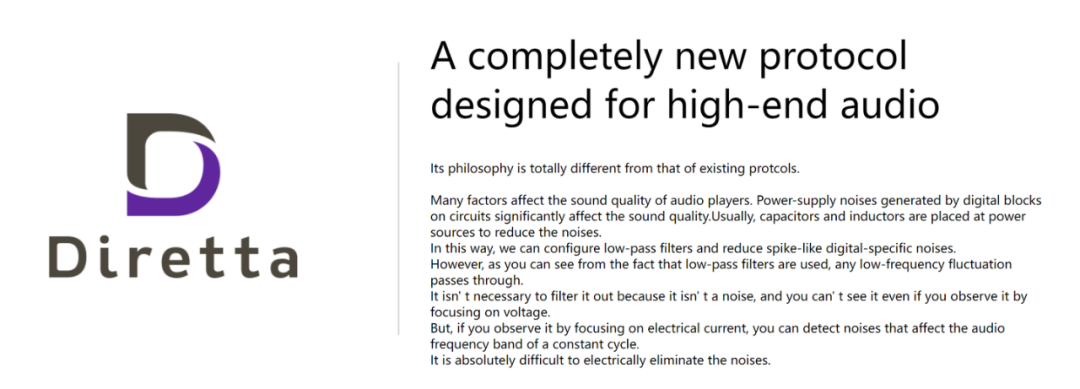
Also Capable of Using SFP Optical Transmission
During the listening session, I used the Roon system because my Roon Core is installed on an Intel NUC mini computer with Roon ROCK, which cannot install Diretta software, so I couldn’t experience the advantages of Diretta. However, honestly, using the Roon Ready feature to listen to the DSP-05EX was already very captivating!
I connected the transport and DAC using the included Zero Link cable, which is quite long, about 2 meters. It seems that this distance does not affect transmission, allowing users more freedom in placement without needing to stack them. The small screen on the transport does not display track information during playback, so it does not need to be placed in a prominent position and can be positioned closer to the network switch. The transport’s rear network port is compatible with RJ45 and SFP; if your switch supports SFP, you can use optical fiber cables for optical isolation. Additionally, there is a USB B port on the back of the transport because the DSP-05EX can also function as a USB DAC. To use it, simply press the Select button on the left side of the panel to switch from LAN to USB.
The equipment used during the listening session included the Linear Acoustic LA V5 preamp, Linear Acoustic A200 stereo power amp, and Dynaudio Contour 60 speakers, with a YBA CDT450 CD transport and Merging NADAC as reference sources for comparison.

Rich Texture and Grain
I started by listening to the 2017 Kaohsiung Audio Show commemorative CD, which includes selected works from the Steinway & Sons record label. I often use tracks 3 to 7 of the piano solo to judge the sound quality of the equipment. As soon as the sound came out, I was suddenly stunned; the familiar melody had a tone that was very different from what I had heard before. How was it different? The texture was richer, simply beautiful! The piano sound I had previously heard had a sense of transparency and crystalline quality, with excellent high-frequency luster and moisture, which could be described as beautiful and very comfortable to listen to. Through the playback of the DSP-05EX, the crystalline and transparent feeling was somewhat diminished, replaced by a clarity that is hard to describe in words, or perhaps it was the “woodiness” of the sound, more like a real piano sound, with each note being clearer, more stable, and the touch feeling more solid. Previously, listening to this piece was beautiful; now it has become exquisite. Even with the signal and speaker cables being studio-grade Canare cables, the nobility of sound was still evident. The DSP-05EX indeed has its unique qualities.
Similarly, in the collaboration between the Makka Music Ensemble and violinist Giuliano Carmignola on Vivaldi’s “Four Seasons”, the DSP-05EX’s excellent resolution was immediately apparent, with a wealth of information, clear reverberation, aftertaste, and airiness. Likewise, the abundant details brought the most direct feeling of timbre and texture; the strings not only had a crystalline luster but also a slightly dry and sticky quality, which is the texture that should be present when the bow rubs against the strings. You can feel the friction between the bow and strings, rather than just sliding over. The sound density of the DSP-05EX is just right, balancing lightness and steadiness, with distinct contrasts but not overly aggressive. Listening to “Spring” with it is truly comfortable and delightful. When it came to the lively “Summer”, the atmosphere changed dramatically, and the music immediately became passionate, with the force of the bow rubbing clearly presented, and the contrasts of strength and brightness becoming intense, making the music feel more realistic.
The DSP-05EX also has a characteristic of sound presence; the violin’s voice is very specific and prominent, with an appropriately scaled soundstage, making each instrument’s form appear very realistic, and the separation is excellent. Additionally, the DSP-05EX can easily reproduce the reverberation and aftertaste in recordings, accurately conveying the spatial shape, with clear height and width, and excellent depth and layering. Simply put, the music has a vivid imagery.
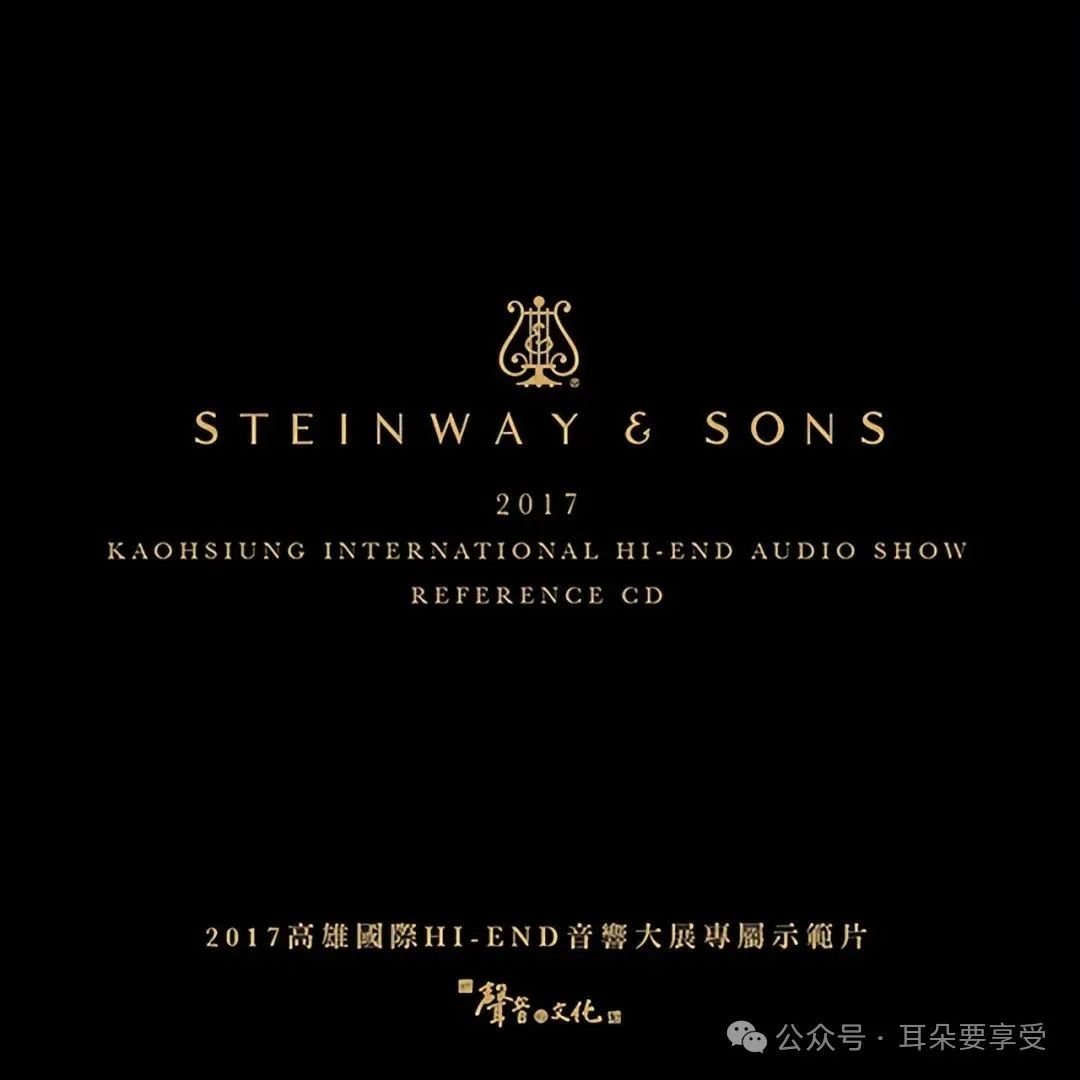
Jiang Hui Sounds Amazing!
Next, I tried some vocals, starting with Jiang Hui’s “Artistic Life” compilation, which includes some of her hit songs from the Dajang Records period, such as “The Heartfelt Voice After Drinking”, “Sad Hotel”, “Artistic Life”, “Waiting for a Dance Partner”, etc. As soon as she started singing, I could immediately feel the clean and transparent vocal foundation, with excellent soundstage perspective, clean and crystalline sound quality, appropriate moisture, and a balance of richness and lightness, both true and beautiful, reminiscent of listening to vinyl. Listening to Jiang Hui sing high notes through the DSP-05EX was a true pleasure; this was probably the best I’ve ever heard her. I believe the DSP-05EX did not add anything to the sound but faithfully conveyed the information in the recording, with a very natural and genuine sound, excellent extension in both directions, and effortless. Jiang Hui’s voice was very prominent and clear, with soft parts being distinct, and during high notes, there was no constriction at all, allowing for full expression. Overall, the sound was very clear, with excellent resolution, but absolutely not dry.
Switching to a male voice, I chose Jonathan Lee’s “Rationality and Sensibility” album, which is a live recording from a concert. Through the DSP-05EX, the soundstage was not small or cramped; the sound was not only delicate and realistic but also had the right proportions across all frequency bands, with an ideal scale in the mid and low frequencies, making this live recording feel both satisfying and substantial. Additionally, the trajectory of the bass drum and bass was very clear and natural; the kick drum’s thump was very distinct, short, and powerful, with precise positioning. The key point is that the overall musical atmosphere was very warm; I initially thought the DSP-05EX would lean towards a cool and calm direction, like a high-cold beauty, but it turned out to be quite passionate.
Excellent Low-Frequency Resolution and Layering
What about the performance of large orchestral pieces? Taking Pierre Boulez conducting the Vienna Philharmonic in Mahler’s Fifth Symphony, second movement, as an example, what impressed me most about the DSP-05EX was not only its excellent low-frequency resolution but also the separation and layering when many parts come together. Mahler’s symphonic orchestration is very complex, and this piece is no exception. In certain passages, there are low string parts, low woodwind parts, timpani, and bass drum, sometimes playing softly together, sometimes erupting strongly, sometimes with sustained lines, and sometimes very tight or suddenly loud, very complex and variable, with a rich sound. Through the DSP-05EX, I could clearly hear these intricate overlaps and variations in dynamics, whether high, low, or mid-frequency, making for a very enjoyable listening experience.
The key point is that these different parts are not isolated or separated but still integrated together, creating a dense sound that allows me to hear not only a full sound and vivid music but also deep emotions and strong tension. It was truly spectacular! At this moment, I suddenly thought, we are still only using the standard clock, which is the size of a lighter. What would the performance be like if we switched to the PMC-05EX clock, which is the same size as the DAC? It’s truly intriguing.
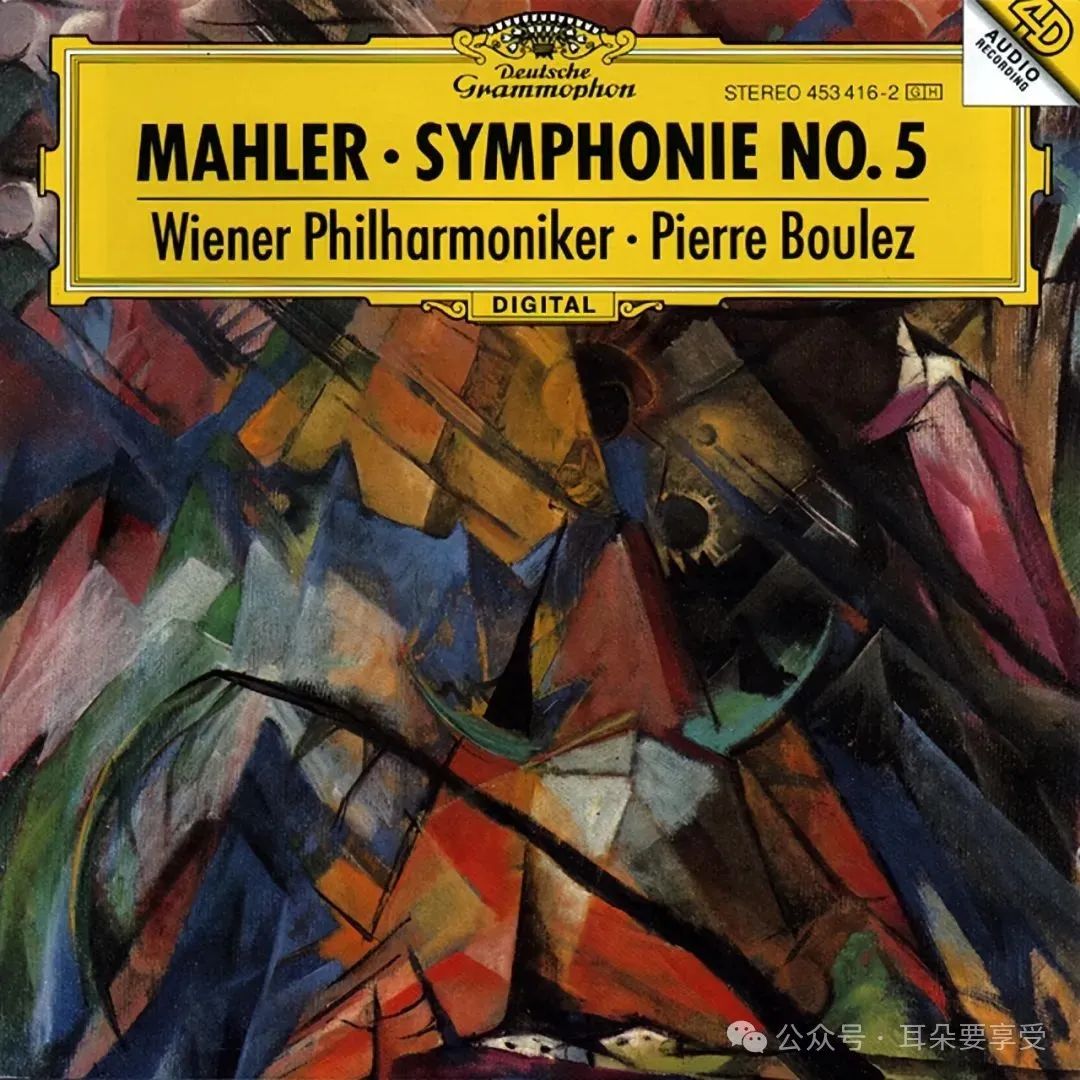
A New Top Choice for Streaming Sources
Curiosity aside, I believe that the DSP-05EX, even when using the standard clock, is already excellent and sufficiently reflects its value, with enough performance and capabilities to compete with streaming sources of the same level in the market. What attracts me most about the DSP-05EX is its neutral, balanced, precise, resolving, and realistic tonal quality, along with a touch of exquisite elegance, allowing me not only to hear the original appearance, essence, and emotions of the music but also to enjoy a rich listening experience that is hard to forget.
After listening to the DSP-05EX, I want to shout out loud: there is now a new top choice for streaming sources.
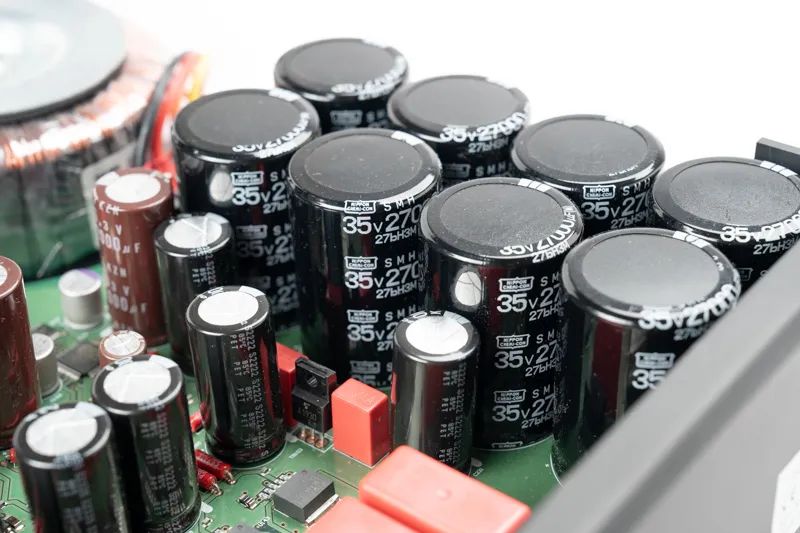
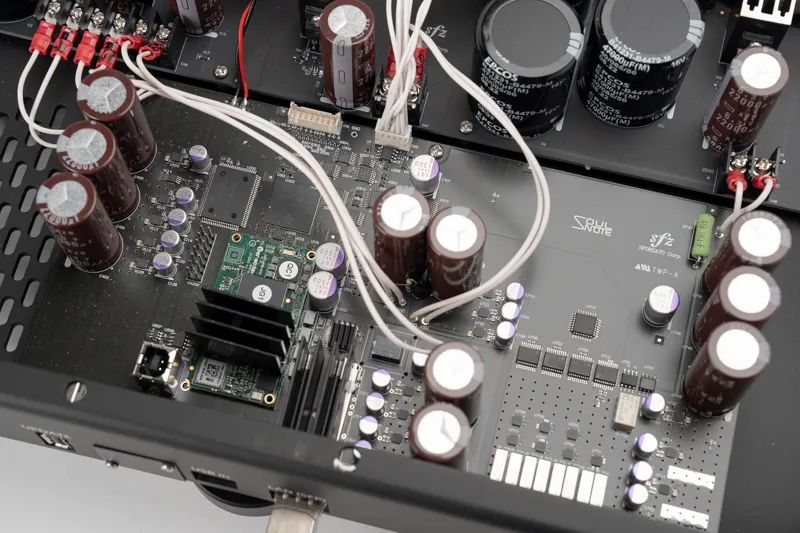
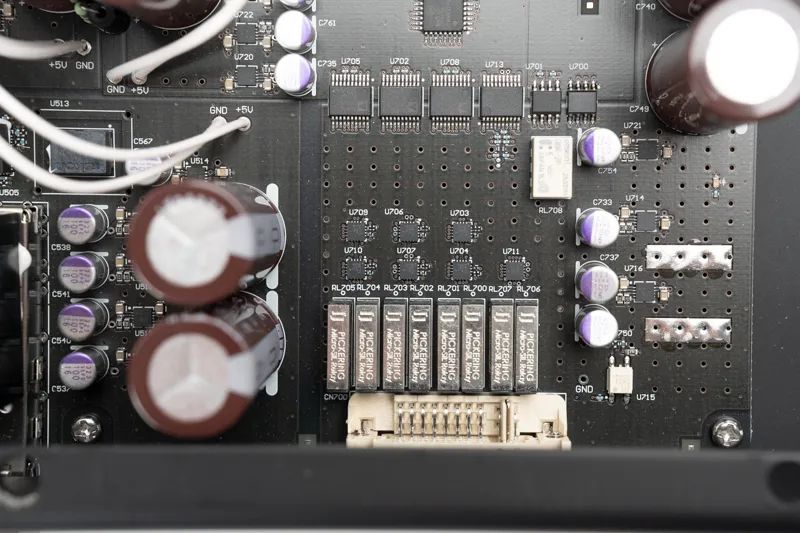
Equipment Specifications
Sforzato DSP-05EX
Model: Streaming Player DAC Supported Formats: Up to PCM 32bit / 768 kHz, Native DSD512 Streaming Functionality: UPnP / DLNA, Roon Ready Streaming Services: Tidal, Qobuz, Amazon Music Inputs: LAN (supports SFP), USB B Outputs: RCA, XLR (up to 2 Vrms) DAC Chip: ES9038Pro x 2